15 Effective Ways to Handle Spider Eggs in Your Plant Soil
Dealing with spider eggs in plant soil can be a frustrating experience for gardeners. These tiny eggs can hatch into spider mites that damage your plants and spread rapidly if left unaddressed. Fortunately, there are several effective methods to tackle the problem without resorting to harsh chemicals. From manual removal to natural predators, there are various ways to manage and eliminate spider eggs in the soil. In this article, we will explore the most practical and eco-friendly solutions for controlling spider mites and their eggs. Whether you are dealing with a small indoor garden or a larger outdoor space, these techniques can help keep your plants safe and healthy. Let’s dive into the best strategies to prevent and eliminate spider eggs in your plant soil.
This post may contain affiliate links, which helps keep this content free. Please read our disclosure for more info.
Manual Removal of Spider Eggs
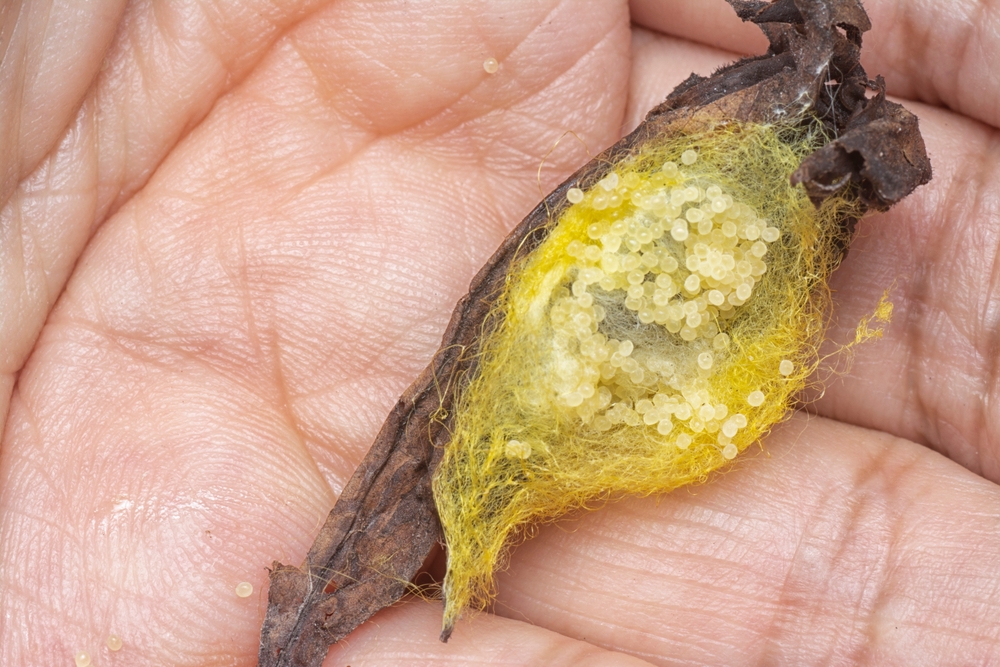
One of the simplest and most effective methods to deal with spider eggs in plant soil is by manually removing them. Carefully inspect the soil surface for visible egg sacs, which may appear as small, round clusters. Use a pair of tweezers or your fingers to gently lift them out, being cautious not to disturb the surrounding soil too much. This method can be effective if done regularly, especially in the early stages before the eggs hatch.
After removing the eggs, place them in a sealed container and dispose of them outdoors. Be sure to wash your hands or use gloves to avoid spreading any unwanted pests to other plants. While this method does not eliminate the spider population completely, it helps reduce the immediate threat and can keep the plant healthy. Regular inspections will ensure that any new egg sacs are spotted and removed promptly.
Beneficial Insects for Control
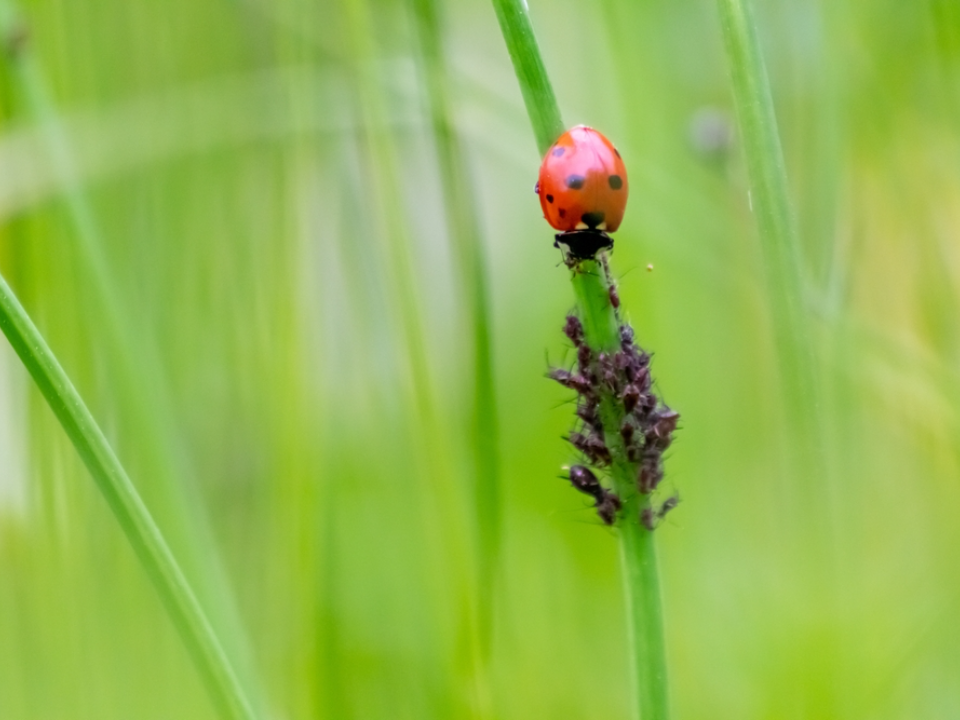
Introducing beneficial insects is an eco-friendly and natural way to manage spider eggs in plant soil. Ladybugs, lacewing larvae, and predatory mites are all natural predators of spider mites and their eggs. These insects will feed on the eggs, helping to control the population and prevent future infestations. Purchase them from garden centers or online and release them around your plants to encourage a balanced ecosystem.
These beneficial insects not only target spider eggs but also help protect your plants from other pests, reducing the need for harmful chemicals. Be sure to check the specific requirements for each insect to ensure they are suitable for your climate and plants. Regularly monitor your plants to ensure the beneficial insects are doing their job and that the spider egg problem does not return.
Using Neem Oil

Neem oil is a natural pesticide that can effectively deal with spider eggs in plant soil. When diluted and applied to the soil, neem oil works by disrupting the growth and development of pests, including spider mites and their eggs. The oil contains compounds that act as an insect repellent, deterring the spiders from laying eggs in the first place.
To use neem oil, mix it with water according to the product’s instructions and apply it to the soil using a spray bottle or watering can. This treatment will not harm your plants and is safe for most types of soil. For best results, repeat the treatment every two weeks or as needed, especially during the warmer months when spider mite activity is more common.
Removing Infested Soil

If spider egg sacs are found in the soil and manual removal does not seem sufficient, consider replacing the infested soil. Carefully remove the top layer of soil where the eggs are most likely located, and replace it with fresh, sterile soil. This will help eliminate any eggs that might have been missed during manual removal.
While replacing the soil is a more drastic measure, it can be highly effective in ensuring that spider eggs are completely removed. It also gives your plants a fresh environment to thrive in, free from pests. However, this method should be used carefully to avoid disturbing the plant’s roots, and it may require repotting the plant entirely for better long-term results.
Using Insecticidal Soap
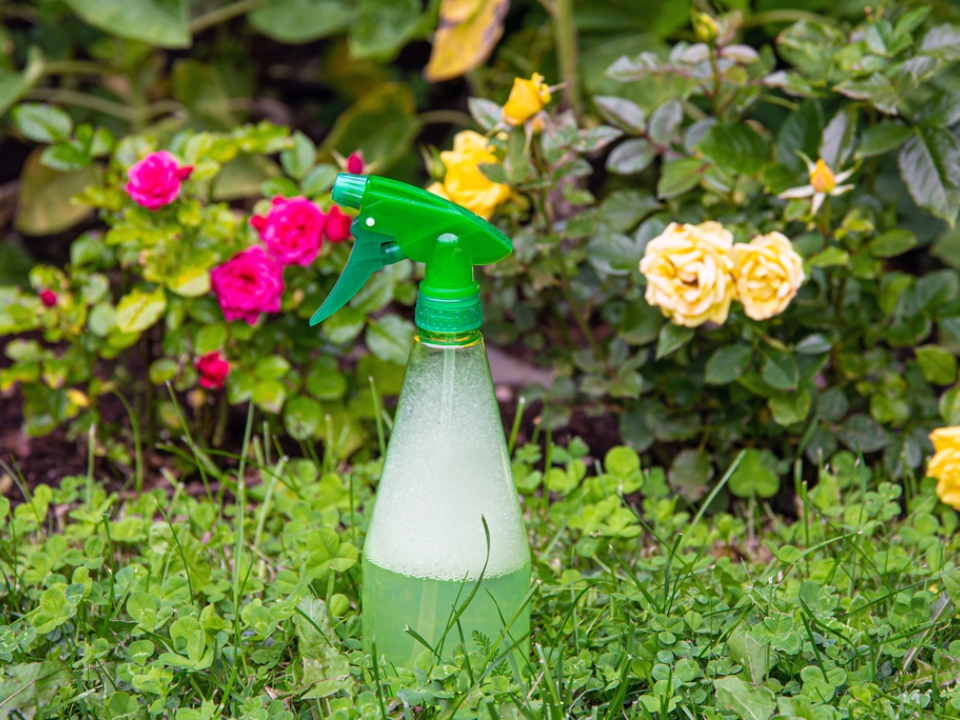
Insecticidal soap is a safe and effective solution for dealing with spider eggs in plant soil. The soap contains fatty acids that penetrate the cells of insects, including spider mites, causing them to dehydrate and die. When applied to the soil, it can help to target any spider eggs or larvae present.
To apply insecticidal soap, dilute it according to the label instructions and spray it directly onto the soil. Be sure to cover all areas where spider eggs might be present. This method is non-toxic to humans and pets, making it a great choice for indoor plants. However, be cautious not to apply it to your plants’ leaves, as it can sometimes cause leaf burn if used excessively.
Increasing Humidity
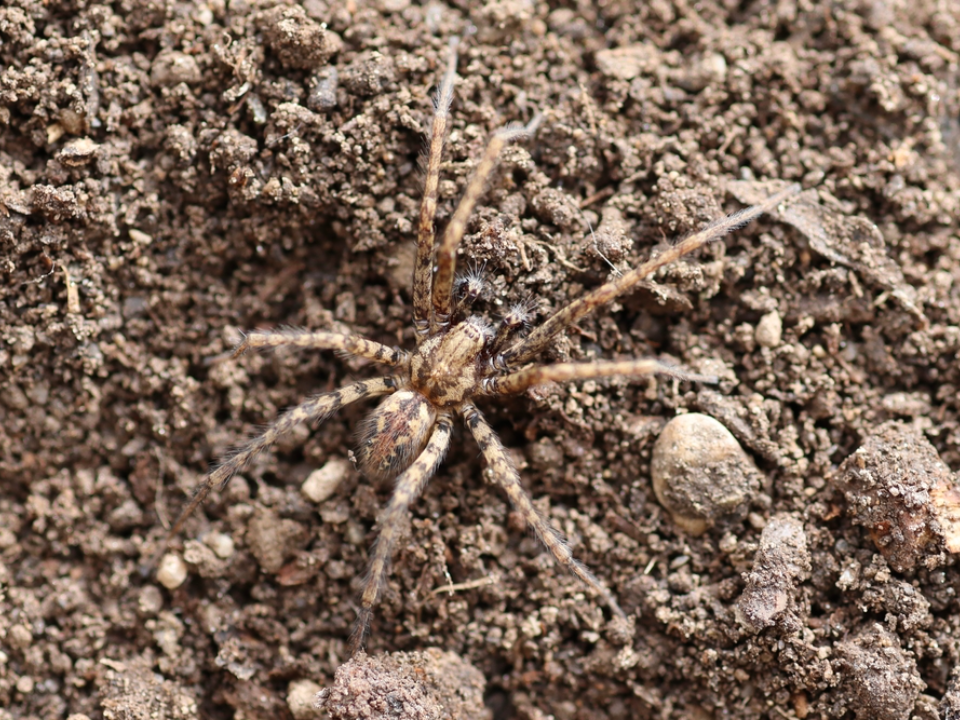
Spiders thrive in dry conditions, and increasing humidity in the surrounding environment can help deter them from laying eggs in the soil. One way to increase humidity is by misting your plants regularly with water, particularly in the winter when indoor air tends to be dry. Another method is to place a shallow tray filled with water near your plants to help raise the humidity levels.
Increasing humidity may not directly remove spider eggs from the soil, but it will make the environment less favorable for them to thrive. This can prevent future infestations and make it harder for spider mites to reproduce. For optimal results, combine this method with other strategies, such as manual removal or natural pest control.
Introducing Diatomaceous Earth
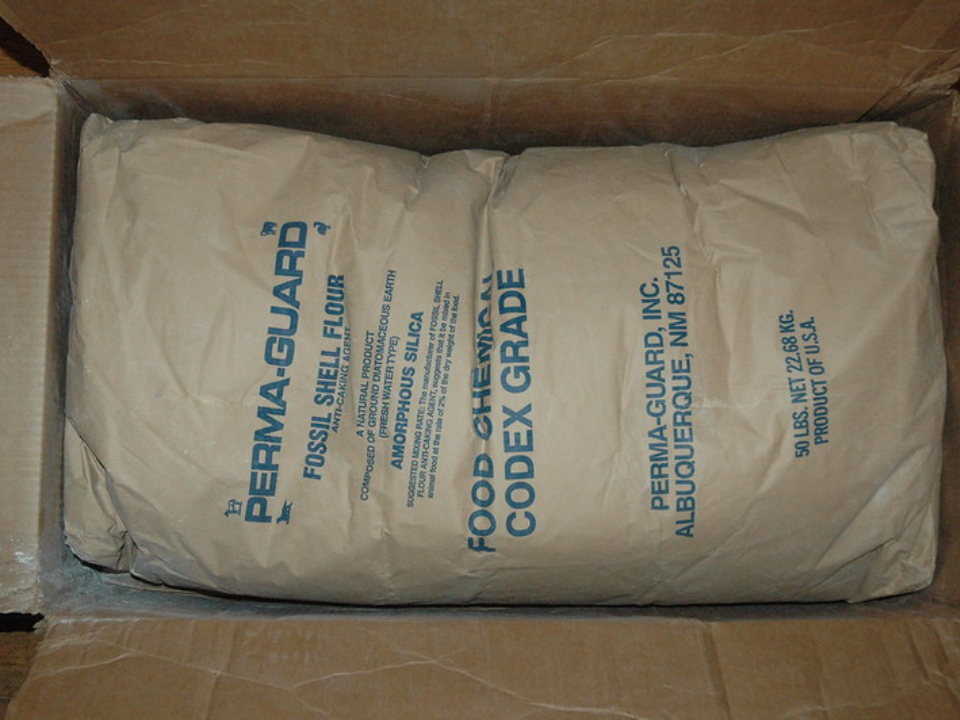
Diatomaceous earth is a natural powder made from the fossilized remains of tiny aquatic organisms. It is effective in controlling pests, including spider mites and their eggs, by damaging the exoskeletons of insects, causing them to dehydrate. When sprinkled on the soil around your plants, diatomaceous earth can help reduce the spider population.
This method is safe for your plants and does not involve harmful chemicals. Apply diatomaceous earth to the surface of the soil and gently work it in with your fingers. Reapply the powder after watering or heavy rainfall to ensure continued protection against spider eggs and other pests.
Pruning Infested Plant Parts
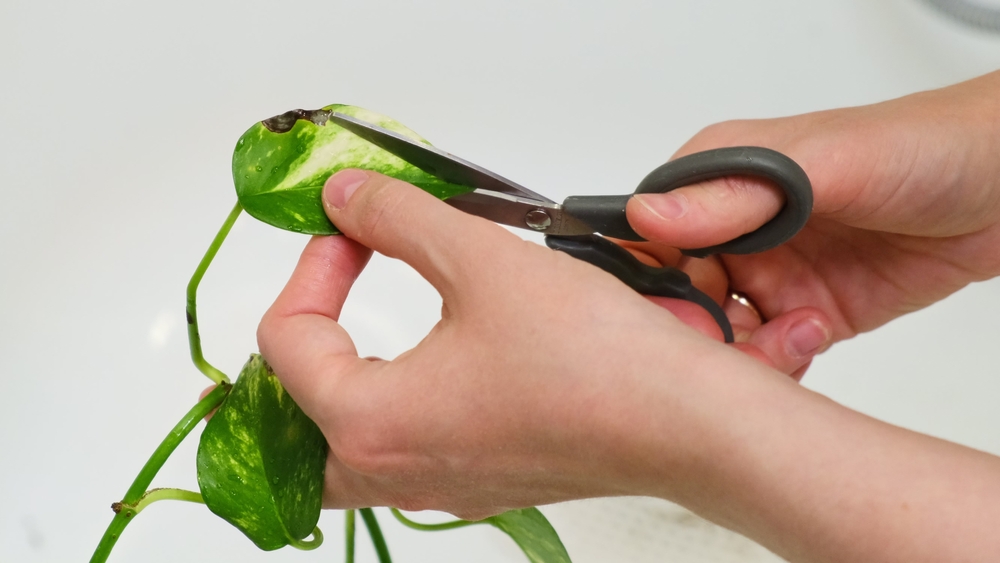
Pruning any plant parts that are heavily infested with spiders or their eggs is an effective way to manage the problem. This could include trimming leaves, stems, or flowers that have visible webs or egg sacs. By cutting away infested areas, you remove not only the pests but also the eggs, reducing the risk of further spread.
After pruning, discard the affected parts outside in a sealed bag to prevent the spider eggs from spreading to other plants. This method can be combined with other control techniques, such as neem oil or insecticidal soap, to address the issue more comprehensively. Regular pruning also promotes healthy plant growth, making it a good practice for plant care in general.
Removing Weeds from the Soil
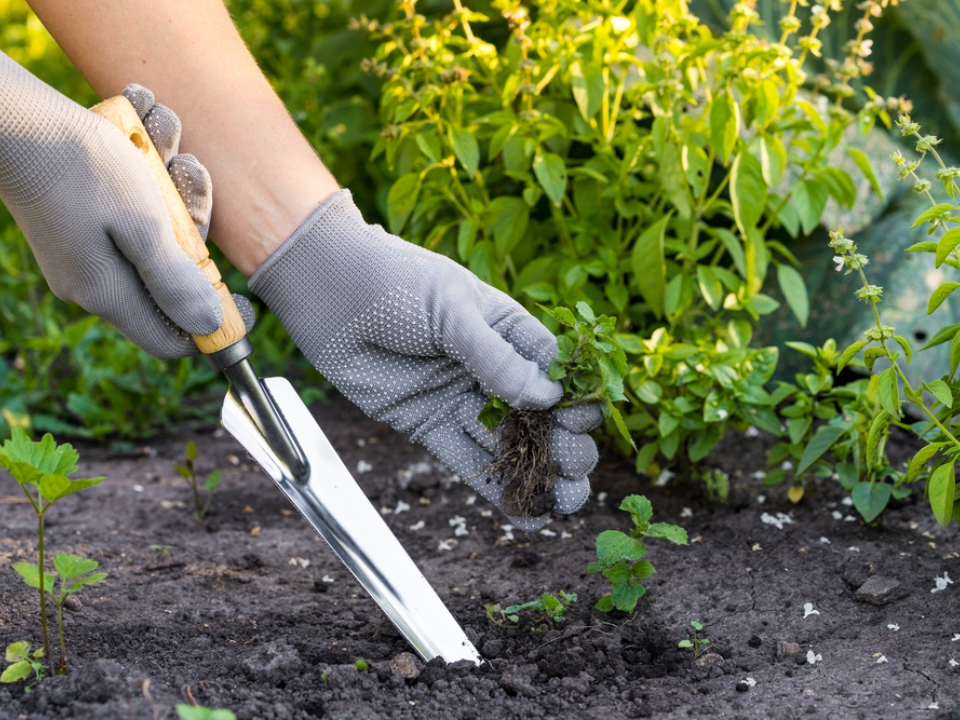
Weeds can create a perfect environment for spider mites and other pests to thrive. By regularly removing weeds from the soil around your plants, you eliminate potential hiding places for spider eggs and their larvae. This practice not only reduces the likelihood of spider infestations but also promotes the overall health of your garden.
Make it a habit to inspect the soil for weeds and pull them out by hand or with a garden tool. This simple yet effective practice will help keep your plants healthier and more resistant to pests. Weeding should be part of your regular gardening routine, as it also helps improve soil quality and prevents other plant diseases.
Soil Solarization

Soil solarization is a method that uses the sun’s heat to kill pests, including spider mites and their eggs. To do this, cover the soil with clear plastic for several weeks during the hottest part of the year. The heat trapped under the plastic will raise the soil temperature, killing any pests that are present in the soil.
This method is particularly effective in areas that experience high temperatures during the summer months. It is a chemical-free way to deal with spider eggs and other soil-borne pests. Be sure to check the soil regularly and remove the plastic once the process is complete, as it may take several weeks for the heat to completely eliminate the pests.
Using Plant-Specific Pesticides

If the spider egg problem persists despite your efforts, you may need to resort to using plant-specific pesticides. Look for products designed for indoor or outdoor plants that are safe for use around the types of plants you are growing. These pesticides will target the pests without harming the plants.
Follow the manufacturer’s instructions carefully when applying pesticides, as overuse can damage your plants. Be sure to treat the soil thoroughly to reach all spider eggs and larvae. This method should be used as a last resort when other natural methods have not been effective, and it can provide a more immediate solution.
Organic Mulching
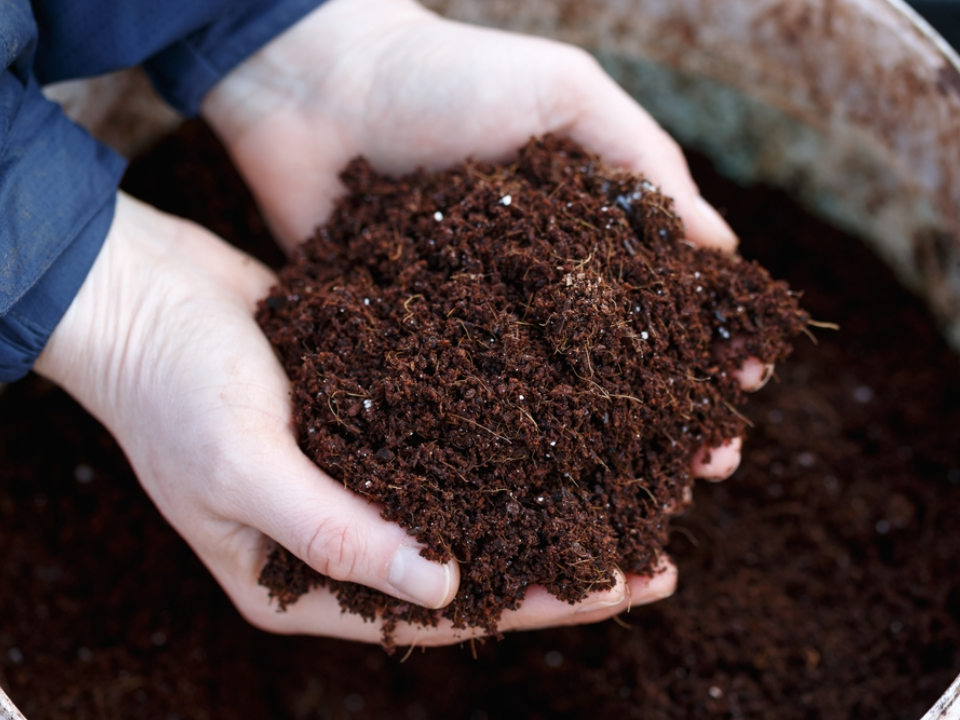
Organic mulching helps create an environment in the soil that is less conducive to spider mites and other pests. By applying a layer of mulch, such as shredded leaves or compost, you can reduce the chances of spider mites laying eggs in the soil. Mulch also helps retain moisture and improves soil structure, benefiting plant health in general.
This method works well in both indoor and outdoor gardens and provides additional benefits, such as controlling weeds and keeping soil temperatures stable. It is a non-toxic solution to the problem and can be combined with other techniques, such as beneficial insect introduction or neem oil application, for added protection.
Using Garlic or Pepper Spray
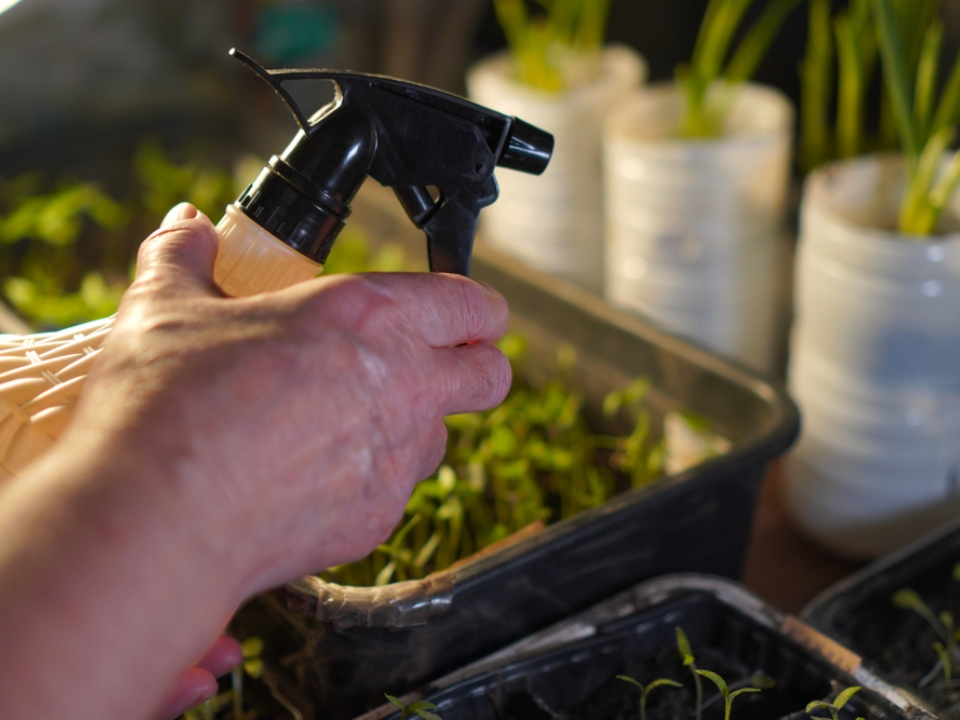
Garlic and pepper sprays are natural repellents that can help deter spider mites from laying eggs in your plant soil. These sprays work by creating an unpleasant environment for the pests, discouraging them from settling in your plants. To make your own spray, blend garlic, chili peppers, and water, then strain the mixture before applying it to the soil.
These homemade sprays are safe for most plants and will not harm the soil. Apply them to the soil every few weeks to keep spider mites and their eggs at bay. While this method may not kill existing eggs, it can be effective in preventing new infestations and protecting your plants in the long run.
Regular Soil Aeration
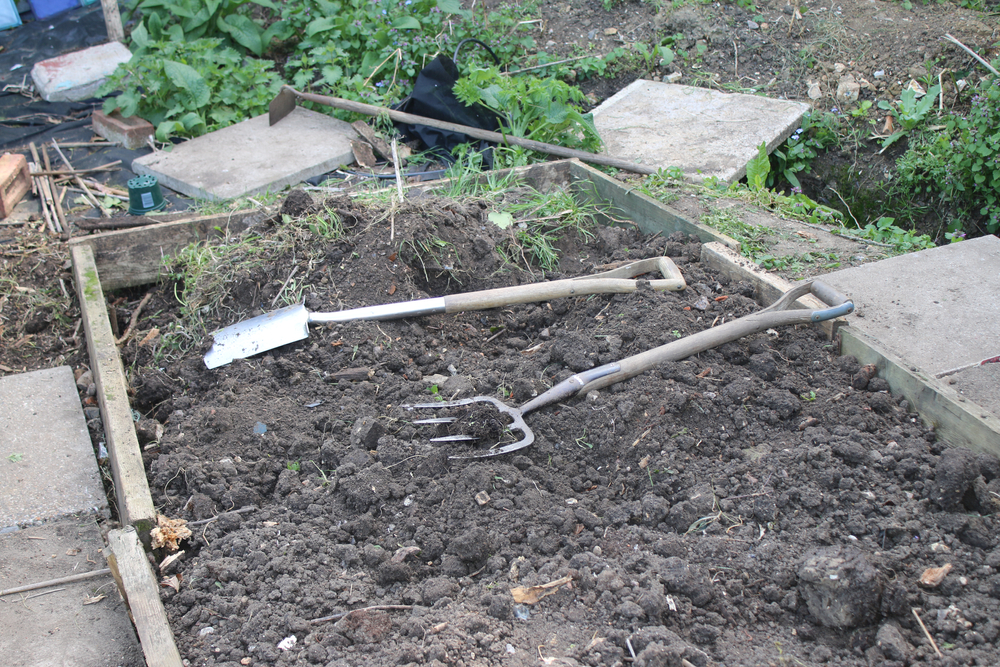
Aerating your plant soil is an often-overlooked method that can help reduce the chances of spider eggs taking root. By loosening the soil, you create an environment that is less conducive to pests. Aerating also allows better water and nutrient absorption, promoting healthier plants that are less vulnerable to pest problems.
To aerate the soil, use a garden fork or a specialized aerator to create small holes in the top layer. Perform this task during the growing season, particularly in areas where spider mites are common. This method helps improve overall soil health while minimizing the risk of pest infestations.
Keeping Soil Clean and Dry

Spiders are more likely to lay eggs in damp, cluttered soil, so keeping your plant soil clean and dry can help prevent infestations. Regularly remove any decaying plant material, fallen leaves, or other organic debris that may provide shelter for spider mites. Additionally, avoid overwatering your plants, as excess moisture creates an inviting environment for pests.
Keeping the soil dry does not mean depriving the plants of necessary water but rather ensuring the soil is well-drained and not waterlogged. Dry, clean soil helps prevent spider mites from establishing a presence, making it harder for them to reproduce and lay eggs. For plants in containers, ensure there are proper drainage holes to maintain healthy soil conditions.
This article originally appeared on Avocadu.
